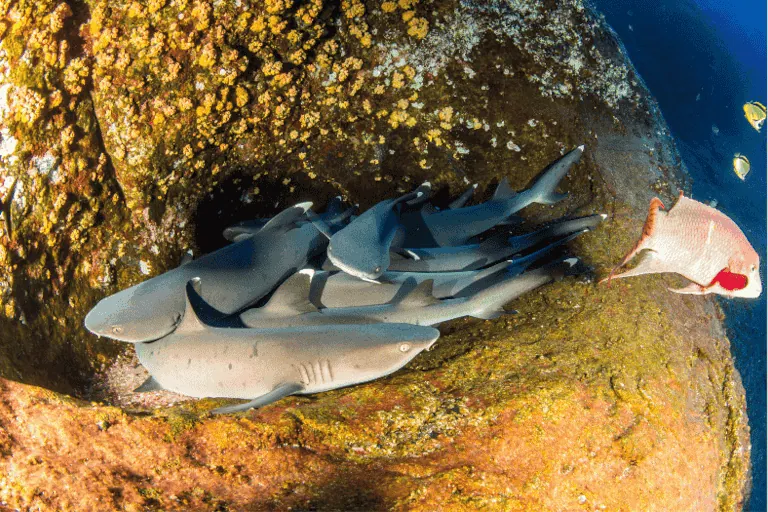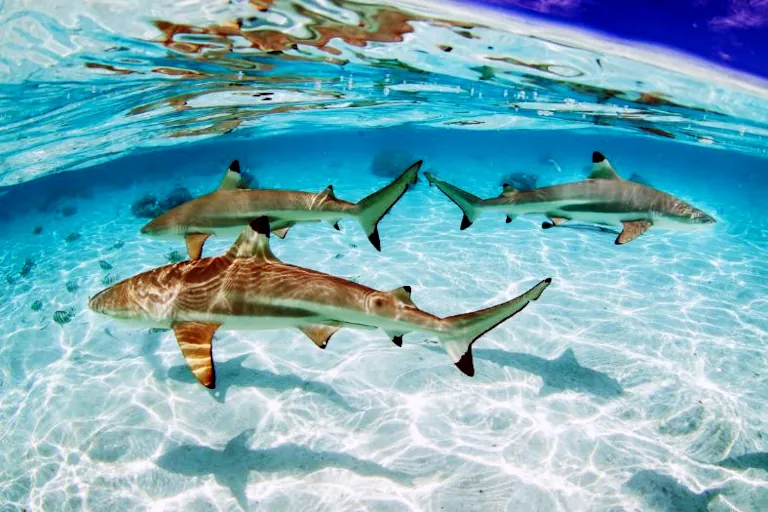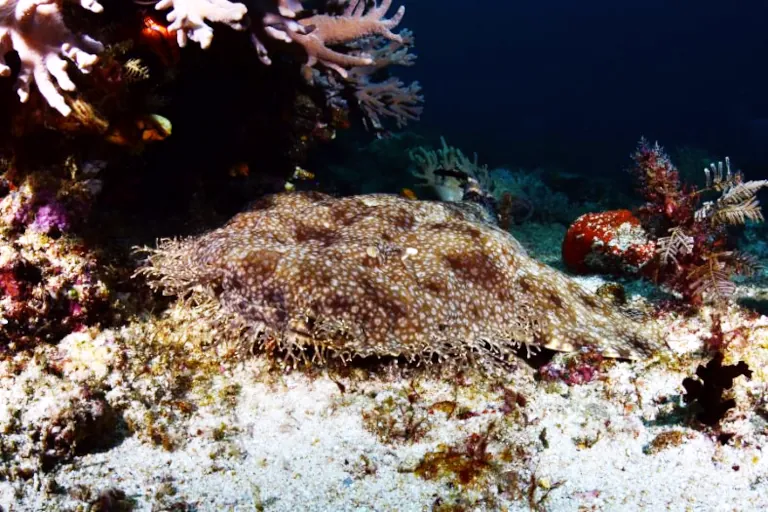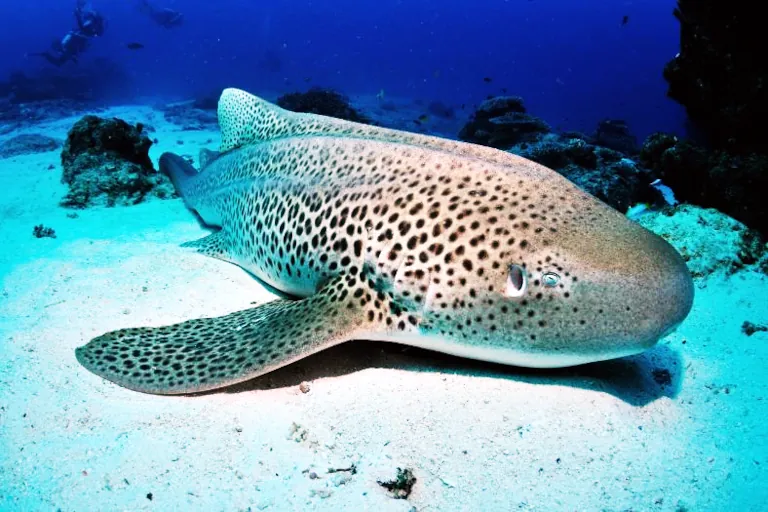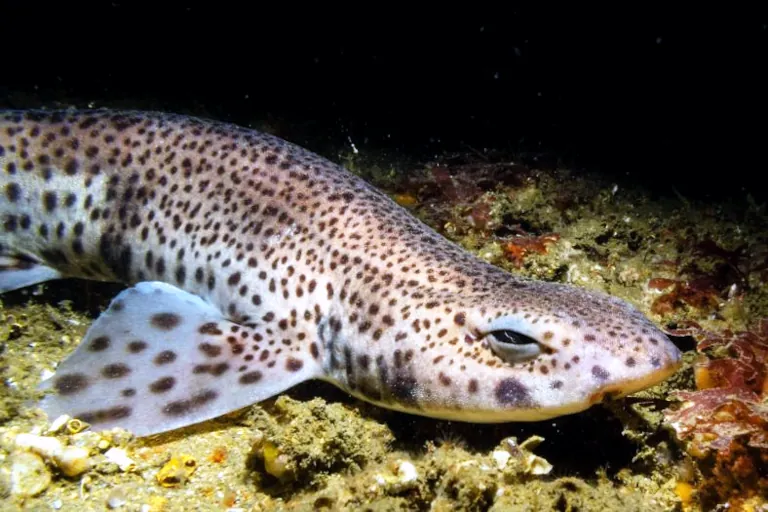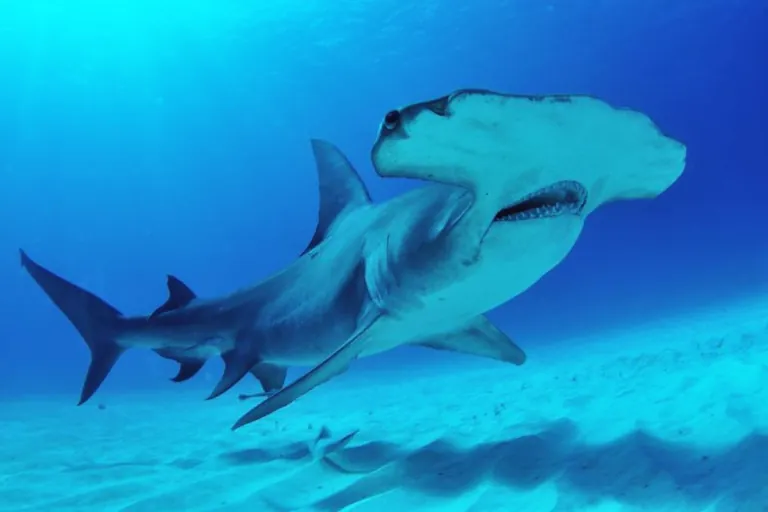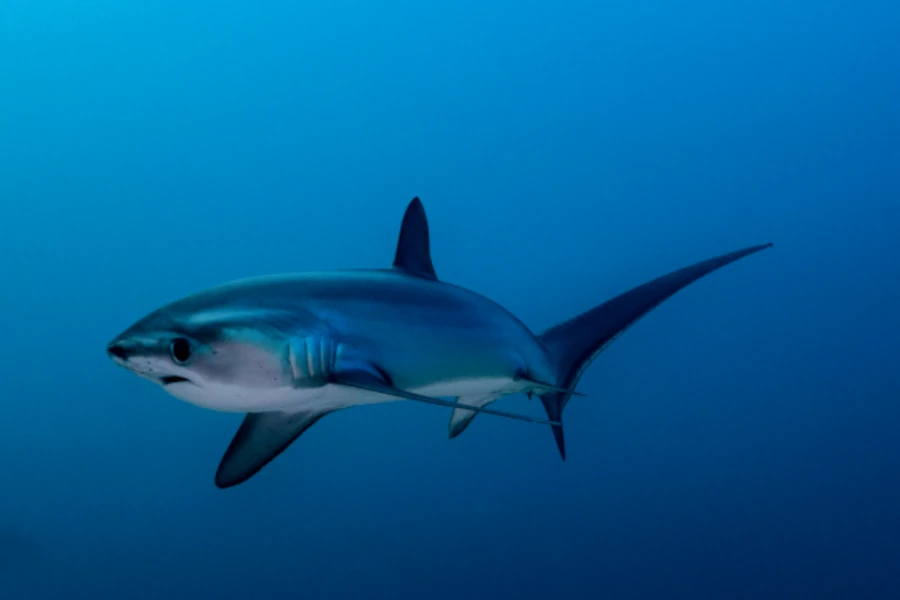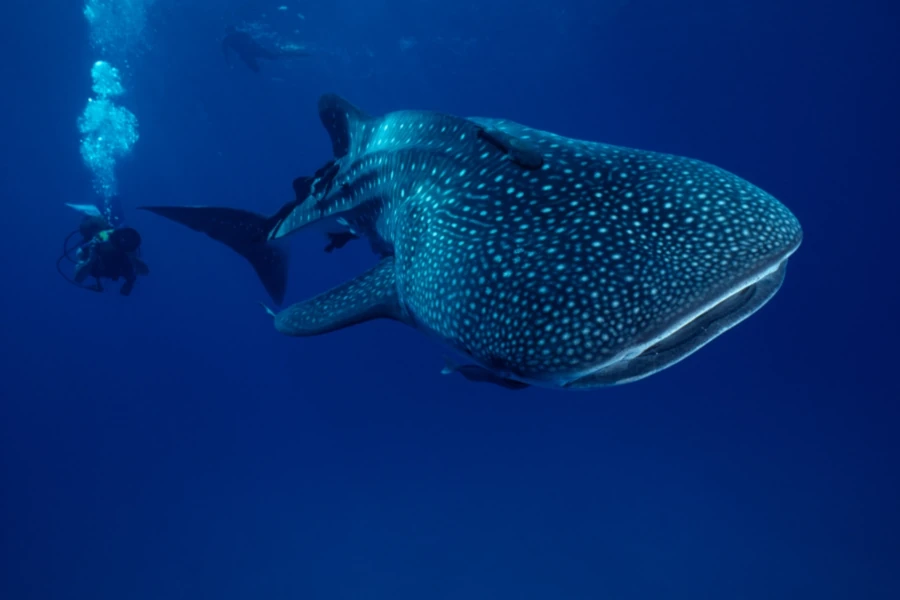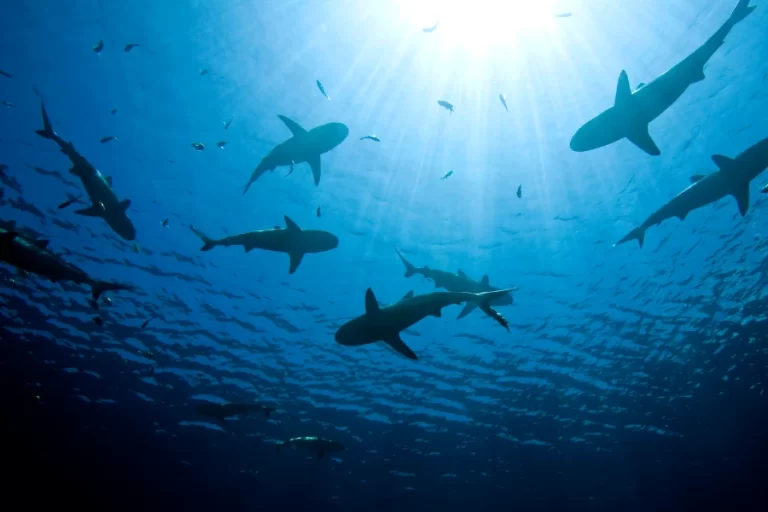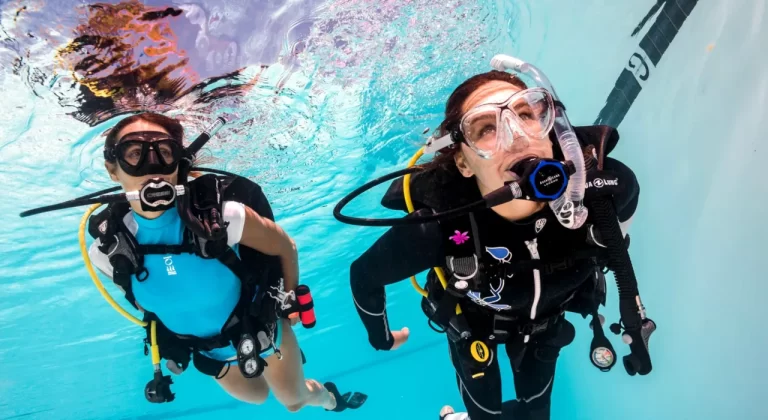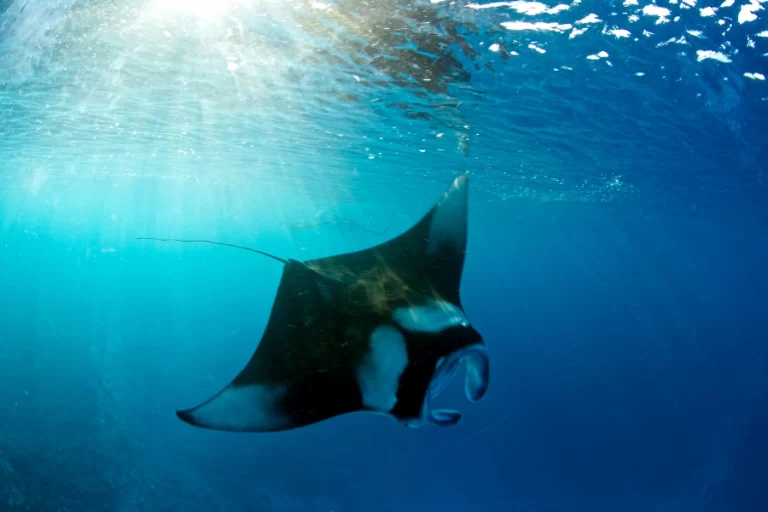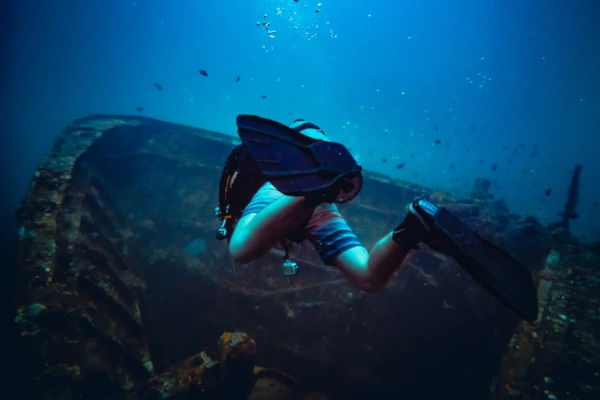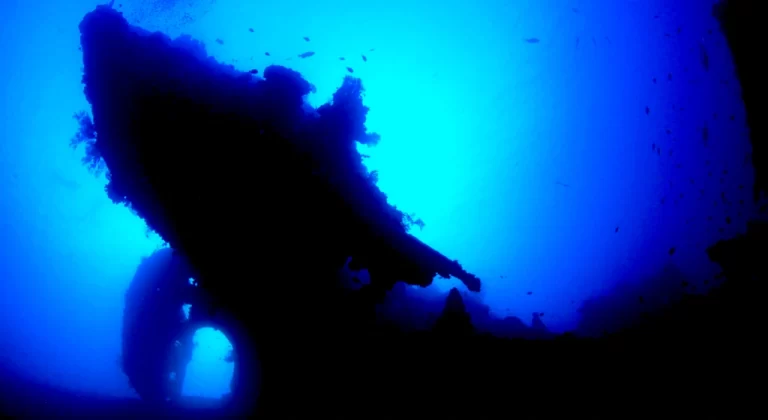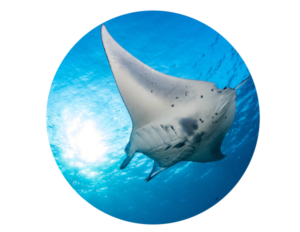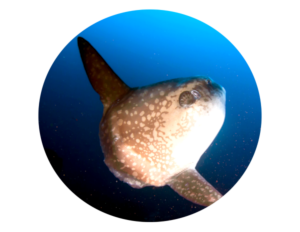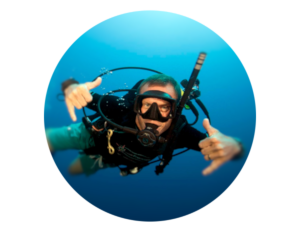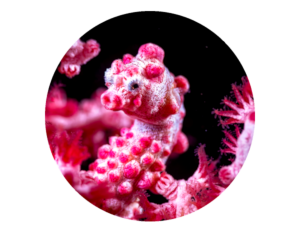Yes! Sharks are relatively common across many of Bali’s dive areas. Most species found in Balinese waters are reef-associated, non-aggressive, and often seen during recreational dives. These include white tip reef sharks, bamboo sharks, and blacktip reef sharks. While encounters with pelagic species such as hammerhead or thresher sharks are rarer, they are confirmed and documented in specific sites and seasons. Shark presence in Bali reflects the island’s rich marine biodiversity and healthy reef systems.
If you’re diving with a reputable center, your chances of a shark sighting increase, especially in protected areas like Nusa Penida Marine Park or the deep channels of Gili Tepekong.


